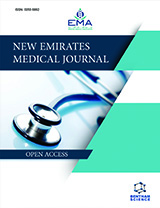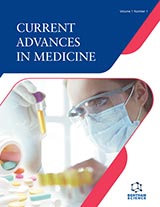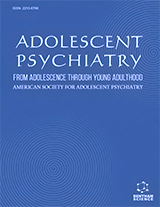Abstract
Obstructive sleep apnea (OSA) is estimated to affect about 24% of adult males and 9% of adult females. The prevalence rate of OSA with excessive daytime sleepiness was reported to be 5-7 % in adult males and 3-4 % in adult females. Since these publications, the incidence and prevalence of obesity, a major risk factor for OSA, has increased significantly.
Central sleep apnea (CSA)m is a conglomerate of different conditions, including: primary CSA, Cheyne-Stokes breathing-CSA (CSB-CSA) pattern, high-altitude periodic breathing, CSA due to medical conditions not Cheyne- Stokes, and CSA due to drugs or substances. Another newly recognized CSA syndrome is complex sleep apnea, which is seen during treatment of OSA, generally before the obstructive events are completely abolished by positive airway pressure (PAP). Primary CSA is uncommon in adults and is seen in less than 10% of patients presenting polysomnography (PSG). The prevalence of primary CSA, high-altitude periodic breathing, and CSA due to medical conditions in the general population are unknown. The obesity-hypoventilation syndrome (OHS) is also known as obesity-associated hypoventilation or Pickwickian syndrome. Criteria for OHS includes a BMI ≥ 30 kg/m2 and chronic alveolar hypoventilation leading to daytime hypercapnia, in the absence of pulmonary or neuromuscular disease.
Epidemiological data on insomnia has been confounded by multiple definitions; most of the studies account for three insomnia symptoms: difficulty falling asleep, difficulty maintaining sleep and early morning awakenings. Insomnia symptoms were reported to be present in about one-third of the general population. Non-restorative sleep, which is also part of the insomnia definition (ICSD-2), is rarely explored. When daytime consequences of insomnia are taken into account, the prevalence is estimated to be around 10%. Overall, daytime consequences may be as prevalent as 2/3 of insomnia subjects.
Narcolepsy is classically defined by sleepiness and abnormal rapid eye movement (REM) sleep-related symptoms (cataplexy, hypnagogic hallucinations, and sleep paralysis). In one study, the prevalence of narcolepsy with or without cataplexy has been reported as 30.6 per 100,000 people (18 years or older), narcolepsy with cataplexy as 21.8/ 100,000 people and narcolepsy with HLA-DQB1 *0602 as 15.3/ 100,000 people. In 18,980 randomly selected subjects, representative of a target population of 205 million European inhabitants, excessive daytime sleepiness was reported by 15% of the sample, napping two times or more in the same day was reported by 1.6% of the sample, while cataplexy (episodes of loss of muscle function related to a strong emotion) was found in 1.6% of the sample. A narcolepsy diagnosis was reported in 47/100,000 people, severe for 26/100,000 and moderate in 21/100,000. Multiple sleep-onset REM periods and short mean sleep latencies (of less than 8 minutes) were reported in about 4% of the general population.






















